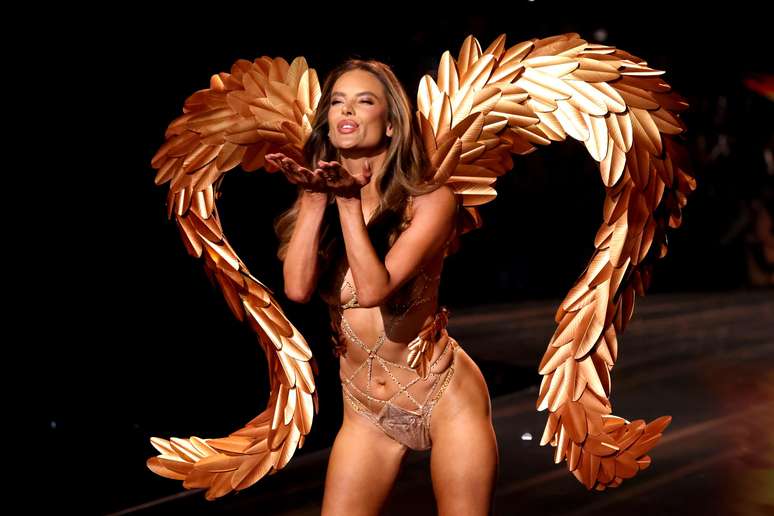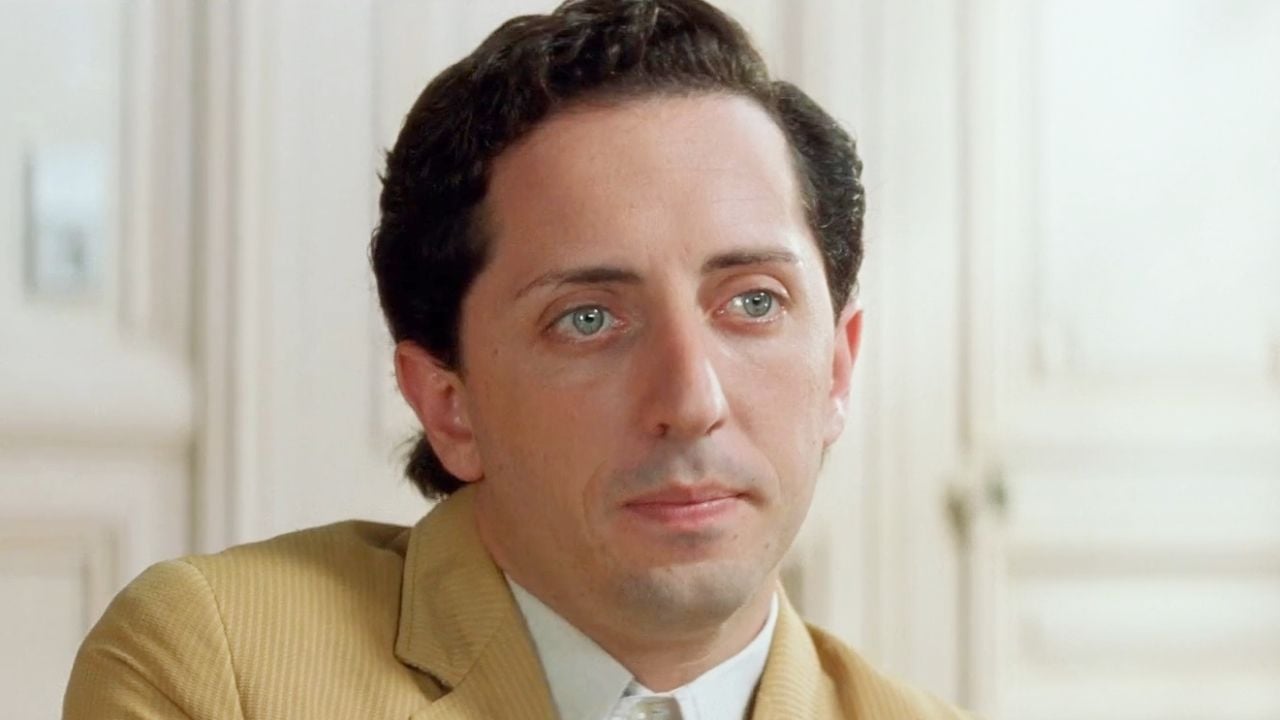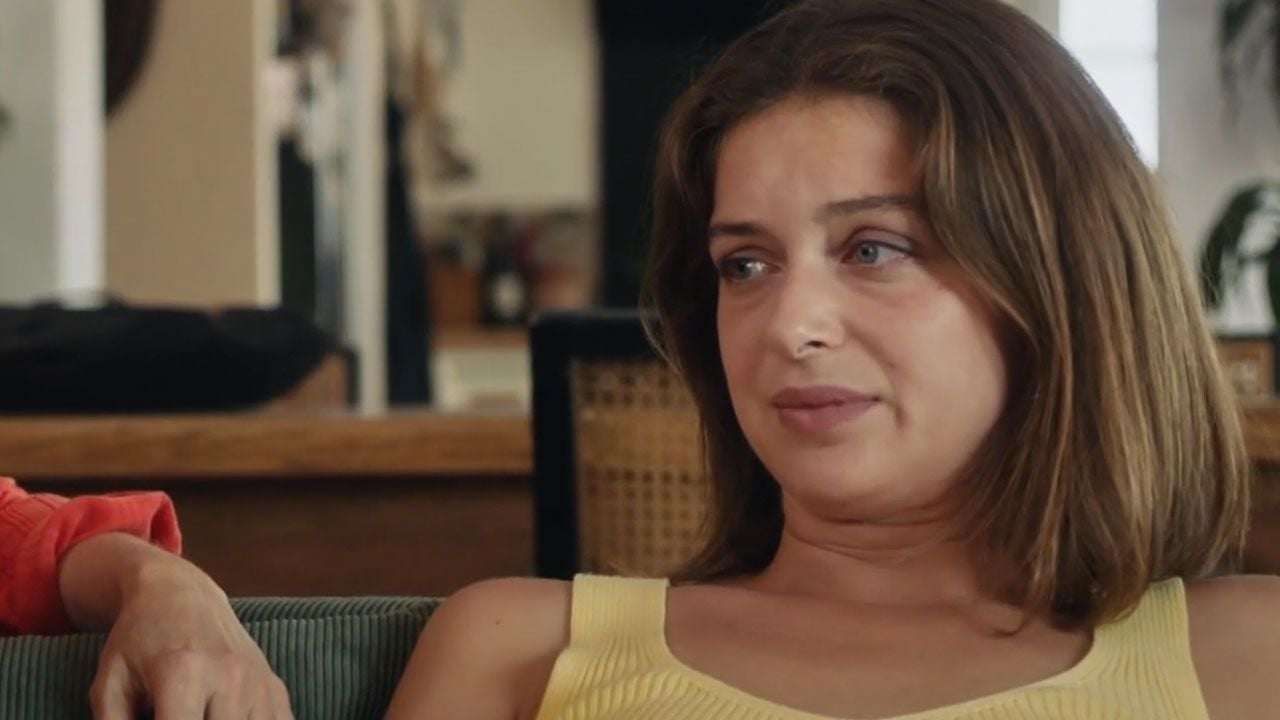Dialogue and representation are among the main attitudes to strengthen self-love and make boys and girls aware of their values instead of questioning them
“My daughter already said she wanted to paint her face with toothpaste,” says Aline Carvalho, a 47-year-old writer and IT manager. She explains that Laura wanted to deny her identity at the age of 6 due to a feeling of inferiority born from comments from classmates and teachers at school.
To reverse this feeling and show her daughter’s beauty in a playful way, Aline wrote the book Beautiful girl, what color are you?, edited by Multifoco Publisher. “A The arrival of my children revolutionized my life, it gave me a new look at some issues. The book was a way to talk to my daughter, but also a way to help other mothers talk to their children,” she says.
The need to be loved and to belong to a group is universal. And when this is not reciprocated, especially in childhood, the wounds are great. Since we do not understand our “I” well, we believe what others see and say about us. With black children the issue is much more delicate, because it can lead to discrimination and prejudice.
“If I’m a child who constantly hears that I can’t do it, that I’m not pretty, among other things, even my dreams are limited to this possible world in my head,” says the researcher and researcher. the writer Francinai Gomes. “I begin to see myself only within the information the world has given me about who I am.”
Working on the issue of childhood racism, experts explain, means strengthening the person’s foundations which will most likely be weakened in the future and, thus, making them grow in self-esteem and knowledge of their own values, instead of questioning them.
The effects of racism on childhood
According to a study conducted by researchers at Harvard University (USA) on the impacts of racism in childhood, the higher a child’s level of stress, the more wear and tear his brain will be subjected to, affecting his development and biological system.
It was like this with the educator Luana Tolentino. When she was in third grade, a girl in her class called her “monkey.” Tired of being silent, she sought help from her math teacher. “I was hoping she would do something, but she stood me in front of the class and asked me, ‘Do you think Luana looks like a monkey?’ The room started laughing, making animal noises, and I was holding back tears,” she recalls.
The episode left its mark. Guilty and ashamed, the girl who was excellent at calculations began to have difficulties that continue to this day.
Exposure to toxic stress also puts children at greater risk of developing chronic diseases throughout their lives, as well as visible consequences in the social sphere, such as isolation and distancing. The fear of interactions can still make her feel defensive and not be completely authentic. As a result, racism prevents children from playing and making the most of their childhood. “The person lives in a state of alert, he is afraid of suffering or witnessing some racist situation”, explains Gabriel Basilio, psychologist and page creator Psychology against racism.
Furthermore, the child may be led to believe that there is a set standard for what is beautiful. “And if white is the norm, everyone else, especially black people, seems wrong, like someone who needs to fit in.”
How to address the issue of racism?
“We think that precisely because there is no critical thinking in childhood, children don’t think about it, but our body also has memory through impressions, sensations and feelings,” says Francinai.
Dialogue is the key to building children’s self-esteem. From the conversations, Aline noticed Laura’s discomfort with the position of some people at her school. “Despite the age of my children, I talk to them about many topics and I realized that it made them change the way they saw themselves and the way they saw black people,” she says.
The family is the first school. Once an environment of trust has been established, the child can express himself and receive support to increase his self-esteem and self-love. “The conversation helps to empower children in possible racist situations. It’s obvious that they won’t be prepared to deal with it, because we never are. But it won’t affect them that much. They can, somehow, understand what’s happening. It happens and they know how to respond,” says Aline.
Researcher and psychology student Bárbara Borges highlights the valuable role of listening. “Adults act as if listening to children is very difficult, and this is a lie. You have to listen to them carefully and try to understand what they are expressing,” she says.
Denying or minimizing the problem, for her, is one of the biggest mistakes. “As long as we continue to ignore racism and the suffering of children, we will not be able to talk about it openly.”
It is worth noting that adult self-care also influences this childhood imagination. With parents and family, children can learn to love their hair, features and skin care. In this environment it is also possible to talk more about one’s history and origins.
The psychologist Gabriel Basilio reminds us that the behaviors of many children are reflected in the attitudes of others, whether good or bad. “The child learns from somewhere: from home, from school and from the community of which he is part. Then he reproduces,” he says.
To make school a welcoming place, Luana Tolentino promotes the anti-racist pedagogical practices described in her book Another education is possible. “Since 2003 we have had a federal law that determines the teaching of the history of African and Afro-Brazilian culture in the classroom precisely to address and overcome these discriminatory processes of which black children are the target,” she says.
For the author, the law also guides the daily and pedagogical practices that lead children to be proud of their history. Beyond that, it teaches non-black children to respect and value the country’s diversity.
What are the differences between bullying and racism?
Both are reprehensible, but, to avoid racial debate, many prefer to change their name. “Racism can manifest itself through bullying. While the first refers to the general population, the other is aimed at a specific group. The distinction is important for its political, historical and social value,” explains Francinai.
Dialogue can be complemented by art, one of the main means of representation. “From the age of 6, children begin to better understand the world and who they are. We can start working with games, films and children’s books that talk about the theme of black identity, African-based religions”, advises Luana .
In Brazil, representatives of two publishing houses specializing in Afro-Brazilian culture believe it is essential to publish books with this teaching. “For a while, the last thing I wanted was to be born black. I was disgusted by my color, my hair and the nicknames I received. I never had the chance to be a character in children’s plays at school, like how a princess or a queen. Hence my attention to the texts and illustrations in our publications, so that girls and boys feel represented”, says Maria Mazarello Rodrigues, founder of Mazza Editions.
Editor Vagner Amaro, of Editora Male, believes that introducing the topic into books allows children and young people to improve their critical thinking towards the practice of racism and to engage in anti-racist practices. “It is important to talk about racism in works for children and adolescents to remove this topic from its taboo status, which is rarely addressed due to the embarrassment it causes,” she reasons.
Art as an influencer of self-love
Unlike the negative references present in fictional pieces, such as scoundrels, criminals or subordinates, it is necessary to insert positive figures into children’s imagination. Hence the importance of art, from literature to theatre.
“Representation has a direct impact. In the 70s my generation did not have such a brilliant opportunity to see itself. On the contrary: the books were not books like those of today, with characters telling their own story. The protagonists they were white,” says writer and actress Cássia Valle.
Today he is keen to propose new stories. Calu, the girl full of stories, by Editora Malê, for example, talks about the value of contact with ancestors. Already Aziza, the precious storyteller of dreams, fights against the “Dragon of Evil”, a metaphor for racism. “I try to seek this representation and show our children that we are beautiful, that we have powers, that we are of African descent and that brings us closer together. I really believe that, from a young age, we can influence a positive self-image,” Cassia says.
For non-Black children, introducing Black films, books, toys, and personalities into daily life and teaching also helps respect diversity. “The best way for us to understand is through study, is to talk about the topic, read books, because in this way we create racial literacy. In other words, we understand the issue in depth so as not to be reproducers of racism,” he says Basil.
Some productions to help build self-esteem
- In the book Blackberries (Companhia das Letrinhas), the rapper Murderous talks about the importance of recognizing ourselves in the small details of the world.
- The podcast Amma Psyche and Negritude get up racial issues from a psychosocial approach.
- Surviving racism: memories, letters and everyday discrimination in Brazil (Mazza Edições), by Luana Tolentino, recounts, through news reports and letters, some of the violence experienced by blacks in Brazil.
- The short film ANA (available on Youtube), directed by Vittoria Felipe dos Santos. The girl does not recognize herself as black and she begins to understand the importance of valuing herself in this way when she meets a refugee from the Congo.
- The cartoon Everyone at their home, by Dreamworks, (available on the Netflix platform) tells the adventures of Tip, a black girl, and Oh, an alien from a group that invades the Earth. Throughout the plot we talk about loyalty and respect for differences.
- First a play, now a book, the The Little Black Prince (Editora Nova Fronteira), by Rodrigo França, talks about the importance of valuing who we are and where we come from.
- Countryside “Childhood without racism”of Unicef (also available on YouTube), brings articles and videos to help reduce the impacts of racism in childhood.
* This content was produced in collaboration with publishers Malê and Mazza, who specialize in Afro-Brazilian content
Source: Terra
Ben Stock is a lifestyle journalist and author at Gossipify. He writes about topics such as health, wellness, travel, food and home decor. He provides practical advice and inspiration to improve well-being, keeps readers up to date with latest lifestyle news and trends, known for his engaging writing style, in-depth analysis and unique perspectives.








